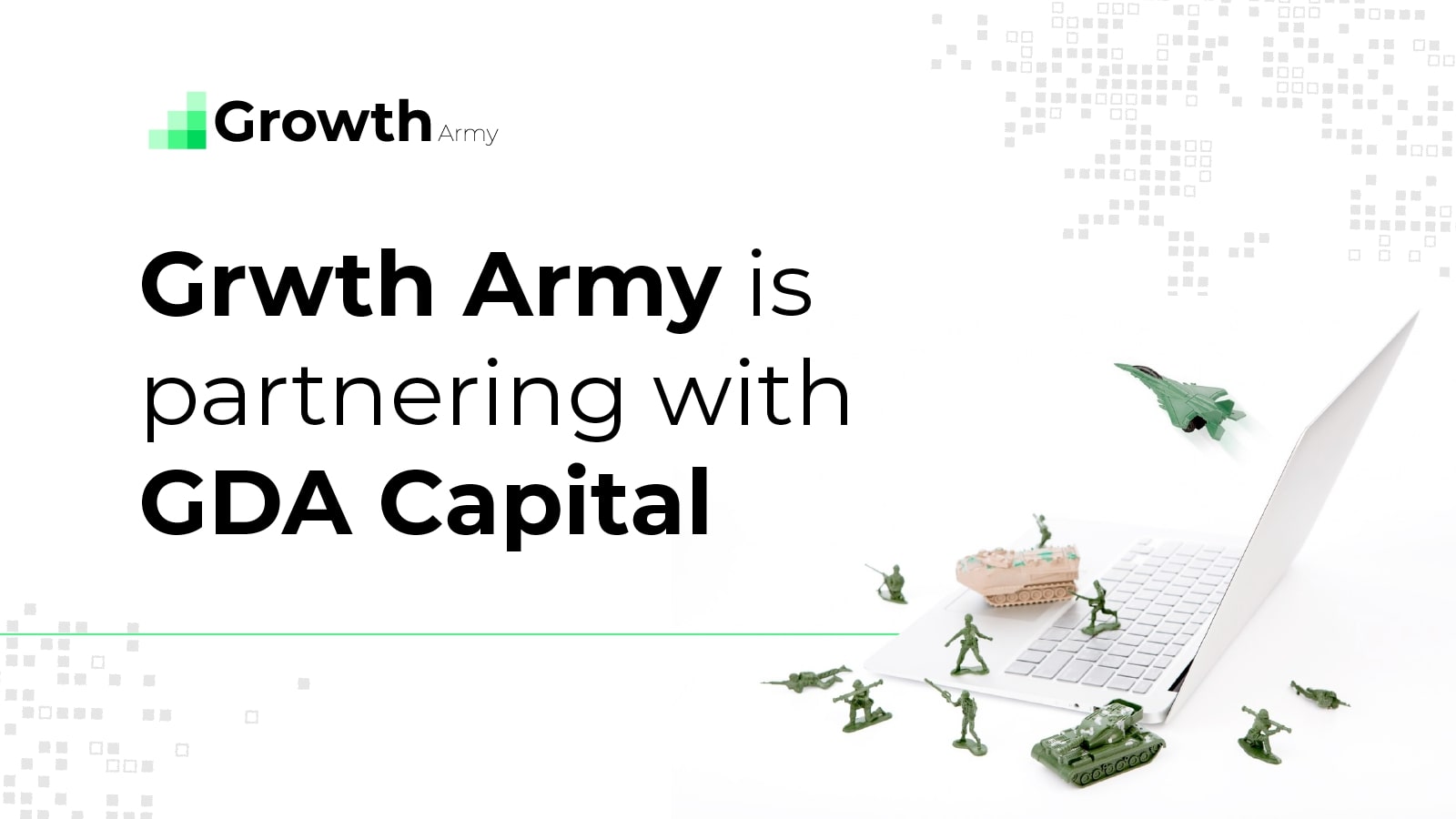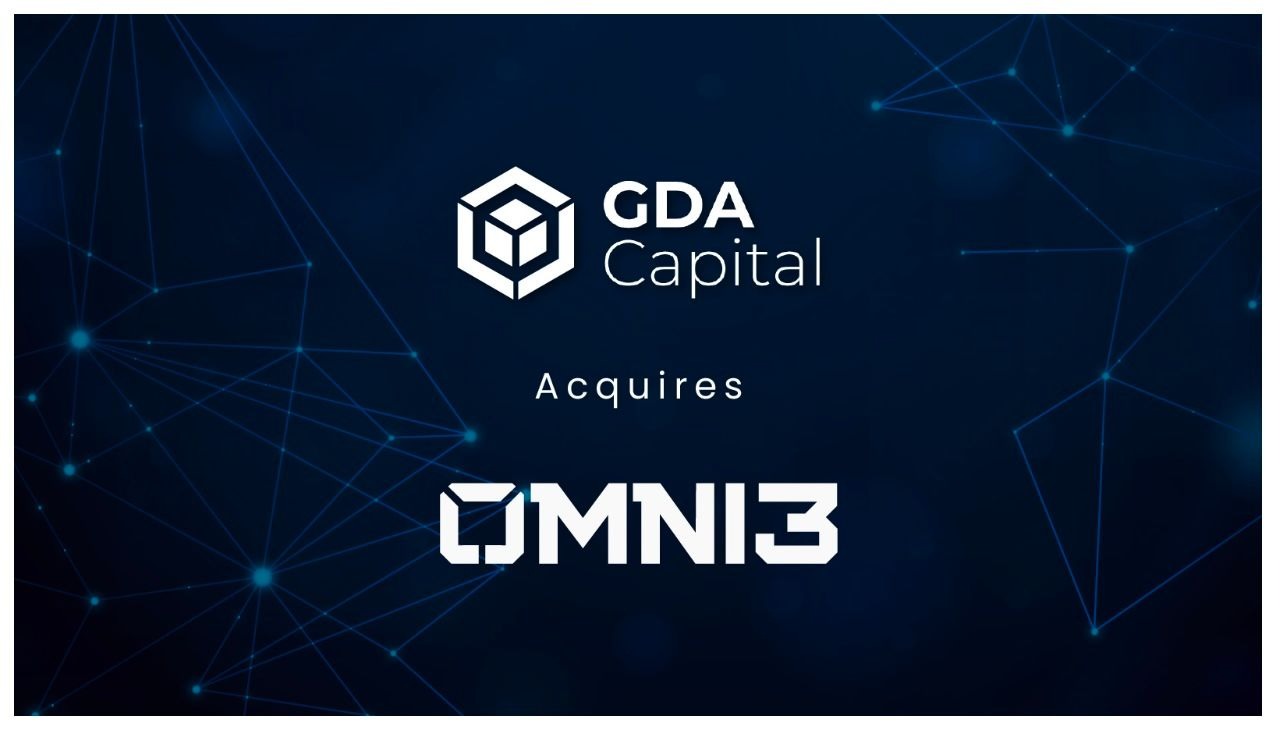NFTs are inextricably linked to the Metaverse. And now, we’re at a point in adoption where everyone is trying to figure out how each industry will be disrupted by the Metaverse.
Fashion and the dynamics that govern it are changing fast as a result of the Metaverse. As the world moves from physical to digital, traditional fashion design can transform into virtual wearables that can be leveraged in both augmented reality (AR) and in real life.
There are whole articles on passive income sources for NFTs, but staking or renting both depend upon scarce utility of the NFT. To earn, the holder must not be using (or wearing) them. This is why a whole new form of income is coming to market in the form of Wear-to-Earn (W2E). In short, this trend is just the idea that you can get paid in tokens in exchange for using a certain wearable.
If your avatar is meant to represent *who* you are, then W2E could be the beginning of a big opportunity to earn more just by presenting a certain image to the world.
Monetizing Your NFTs
There’s a misconception that owning land is the only way to monetize in the metaverse. Web3 principles that every network member is adding value, and this allows users to derive some of that value.
We know the NFT wearable trend is gaining steam, because we can already see users adopting “digital closets” to store their wearables. Fortnite and other online games were the beginning of a whole new economy that is built around brands reaching out to digital natives.
Right now it’s pretty clear that games and events are the hot places to be. The principle of the Metaverse is that there is value wherever the eyeballs are, which is prompting brands to look for the games, metaverses, and communities that have the most traffic.
Partnerships like the Livenation hosted concerts in Decentraland are just the beginning. These are all places where people are congregating, which creates an opportunity to be seen wearing a specific NFT. W2E is just one example of ingenious methods innovators are coming up with to create value in these situations.
Metaverse Group, an vertically integrated real estate company for the metaverse economy, specializes in helping people and companies find virtual buildings to lease in high end areas of the metaverse.
The goods hold value as NFTs, and this is a bonus value
But how does all of this work from a valuation standpoint?
Well, the goods have value that is reflected in what was originally paid for them. But a W2E income stream is creating new value that can be attributed to the NFT.
So in some senses, by implementing this W2E mechanism, brands are increasing the market value of the NFTs they issue. This should result in greater demand and higher prices, as the market leaves the realm of being purely entertainment.
This idea can be taken so much further though. You can:
- Earn more if you combine certain NFTs
- Earn more if you hold a full collection
- Earn more if you attend certain high profile events while wearing the NFT
Basically, collectibles have significant added utility through W2E with no “cost”. It’s value creating.
With the trading fees on NFTs being unreasonably high right now, this is actually an amazing way to earn return on your investment without having to sell your NFTs.
The equivalent of mass paid sponsorships
W2E as a trend is best understood in the context of the influencer economy. Many Web2 platforms were built on the idea that someone could build a following and monetize that in several different ways. Companies pay influencers to promote their products. It’s just another advertising channel that amounts to a micro-sponsorship.
With W2E, rather than going to the David Beckhams or Kim Kardashians of the world, companies can work with small-scale influencers to do some hyper-targeted promoting.
Taking that idea further, W2E is operating at a micro-scale. Brands create a brand coin and provide cash flow to people who wear their NFT wearable in a game or metaverse. Basically, the technology allows for these campaigns to be run much more smoothly and deliver superior outcomes for both the wearer and the brand.
More Ways to Earn by Holding NFTs
The influencer economy we discussed earlier takes this idea and blows it up. Influencers can wear a virtual watch or have a virtual painting in their virtual home. All these Metaverse uses are completely public and result in high advertising value for the brand.
There are more use cases that we can list, but here’s a small sample:
- Institutions and conference organizers getting paid to host an NFT collection
- Use NFTs to get discounts on brands. Much like using a coupon code in an online store, the most devout fans will wear the brand’s NFT and get access to special discounts as a result.
- Execute a whole new type of brand partnerships and marketing opportunities, as brands can partner with each other and offer discounts to those who own their brand’s NFTs. This is similar to how airline miles may be used for all the airlines of a certain airline alliance.
- Of course, not everything is about money. W2E can also be the key to getting into a VIP space. Exclusivity will always have value, and if by owning a certain NFT in a collection, you can get VIP access to certain real-world and virtual clubs, what would that be worth?
Conclusion
Passive income. Everyone wants it, but it rarely comes without significant opportunity cost.
Normally, these NFT investors would have to stake their NFTs or rent them out to other users in order to earn a yield. Play-to-Earn is changing the way this works by creating a whole new, costless way for NFT holders to generate passive income.
As you can see, there are COUNTLESS use cases and implications of W2E, and this is just the first inning of implementation.
Wear-to-earn could be the best way for NFT holders to generate passive income without doing any extra work. I’ll be writing a lot more about Metaverse applications and implementations in the future, but I highly recommend you do more research on W2E yourself.
Author Bio
Joaquim Miro is a Founding Partner at MLG Blockchain, SVP Global Growth at GDA Capital, and Chief of Staff at Secure Digital Markets, Canada’s largest over the counter crypto brokerage. He also serves as an advisor to multiple accelerators including Holt Xchange, Founders Institute and Form Fintech Cadence and to startups across the ecosystem. Joaquim is an active angel investor in the Blockchain, Cryptocurrency, Fintech, Cleantech and Agritech spaces.




